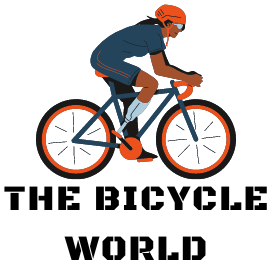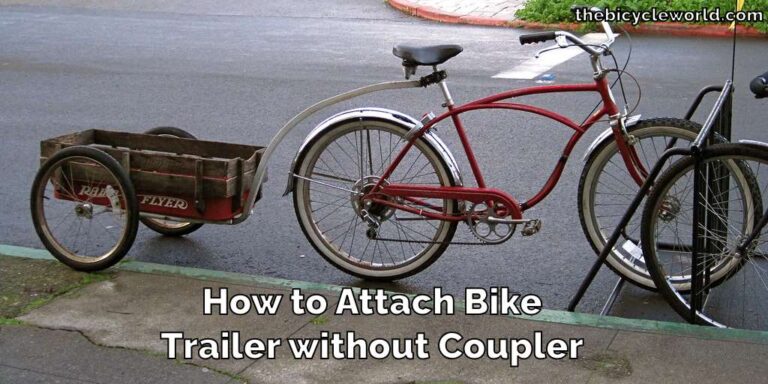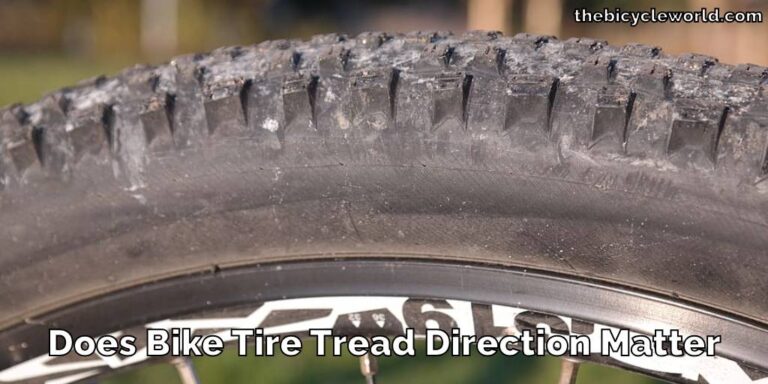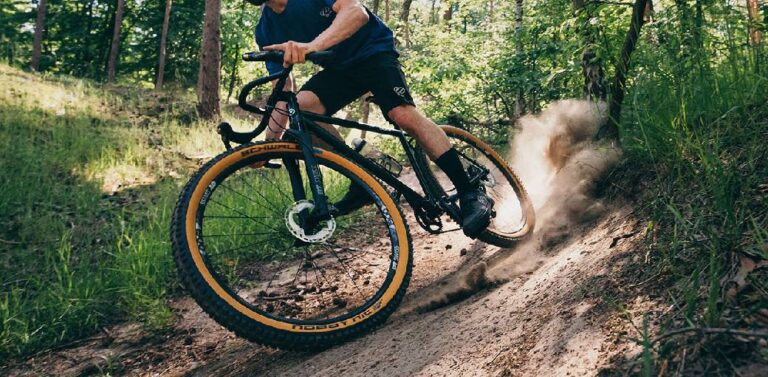How Much Toe Room in Cycling Shoes
Introduction
Cycling, a blend of agility, stamina, and swiftness, is more than just a sport it’s a journey where every detail matters. Key to this journey is the cyclist’s footwear. Shoes, often overlooked, play a vital role in a cyclist’s journey. This article focuses on the specific aspect of toe room in cycling shoes. This article will explore how much toe room in cycling shoes.
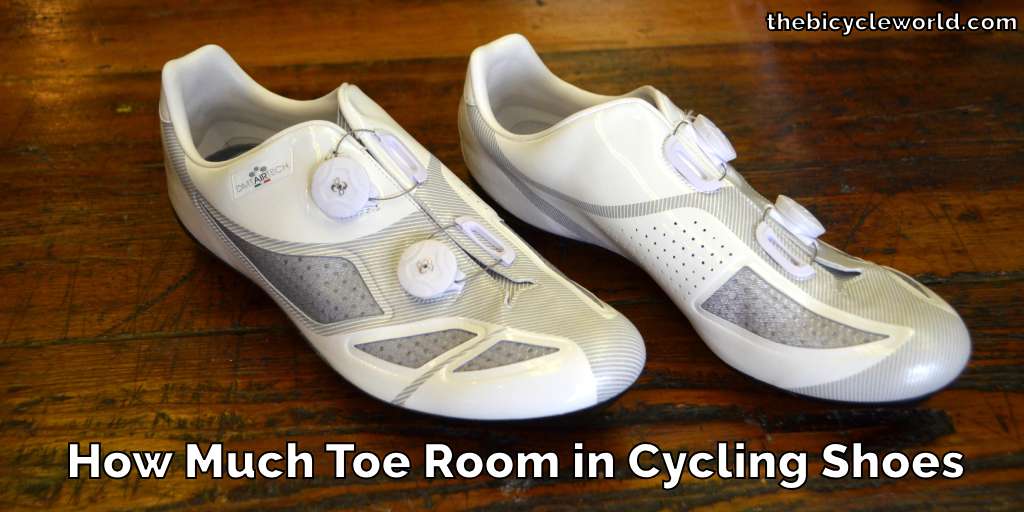
While it might seem like a small factor, the right amount of space in the toe area is crucial. It affects not just comfort during long rides but also influences overall foot health and performance efficiency. Understanding this aspect can greatly enhance a cyclist’s experience, making each ride more enjoyable and effective.
Importance of Toe Room in Cycling Shoes
When you go on your cycling journey, a crucial step is to grasp the key role of the room in your footwear. Having enough space around your toes is vital for many reasons. It ensures comfort on long rides, helps in avoiding foot injuries, and boosts the transfer of power from your feet to the pedals.
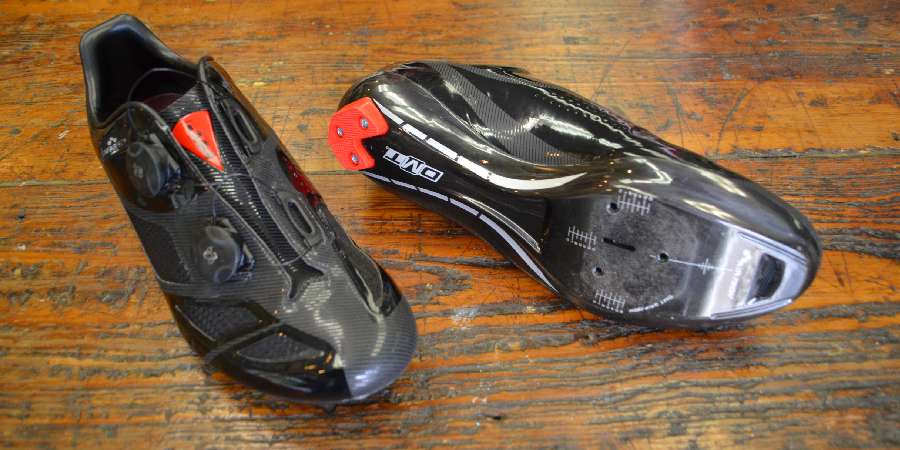
This section jumps into the structure of a cycling shoe, focusing on why toe room is a major factor for both foot health and your overall cycling performance.
We’ll look at how a well-fitted shoe can make a huge difference, not just in preventing discomfort but also in improving your ride quality and effectiveness. A clear understanding of this will help you make informed choices about your cycling shoes, leading to a better, more enjoyable cycling experience.
How Much Toe Room in Cycling Shoes
The question of how much toe room you should have in cycling shoes is more important than it might first appear. A good fit in cycling shoes is not just about comfort it’s about performance, safety, and long-term foot health.
In cycling shoes, it’s generally recommended to have about 1 to 1.5 centimeters (cm) of Toe room. This space allows enough room for your toes to move slightly without the shoe being too tight or too loose, ensuring comfort and efficiency while pedaling.
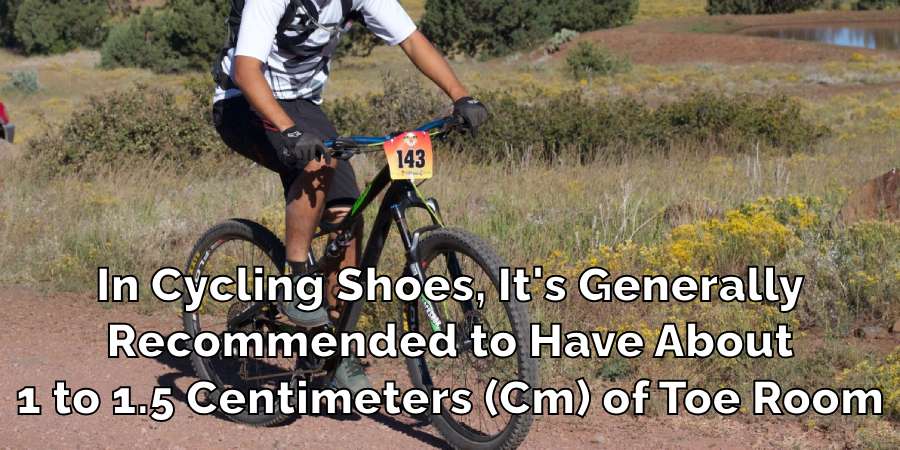
Too little room and your toes are cramped, leading to discomfort, blisters, or even more serious issues like nerve compression. Too much space, on the other hand, can cause your feet to slide inside the shoes, reducing your pedaling efficiency and increasing the risk of foot injuries.
Firstly, it’s essential to understand that the right amount of toe room varies from person to person. Factors like foot shape, size, and individual preferences play a significant role.
A general rule of thumb is to have about a thumb’s width of space between the end of the shoe and your longest toe. This space provides enough room for your toes to move slightly, which is necessary as feet tend to swell slightly during long rides.
Additionally, the type of cycling you engage in influences the amount of toe space you need. For instance, road cyclists might prefer a snugger fit to maximize power transfer, whereas mountain bikers might opt for a bit more room to accommodate foot movement and swelling during off-road rides.
It’s also worth noting that the design of cycling shoes can affect how they fit. Some shoes are designed with a narrower toe box, which might require going up a size to get enough room, while others have a wider design that accommodates more toe space. This is why trying on different brands and models is crucial to find the one that fits your foot shape the best.
The material of the shoe also plays a role. Cycling shoes often use stiff materials to aid in power transfer, but this can mean less flexibility for your toes. Thus, ensuring enough room becomes even more critical to prevent discomfort.
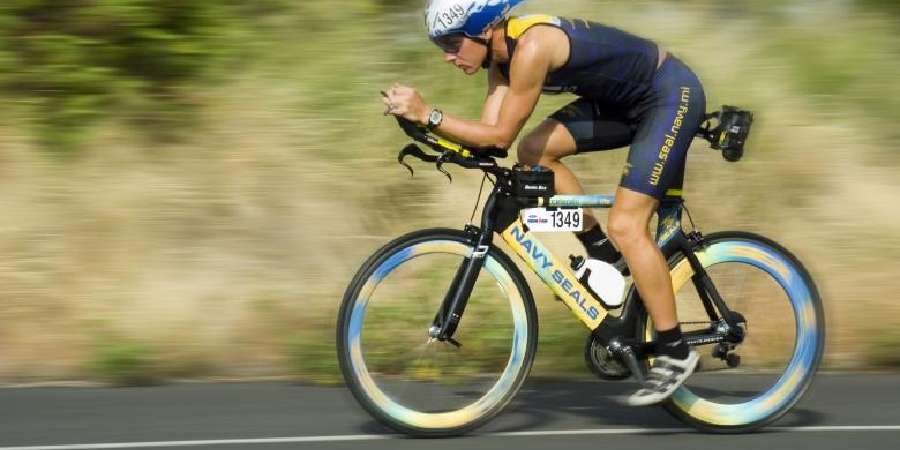
Another aspect to consider is the arch support provided by the shoe. Proper arch support can help distribute weight evenly across your foot, reducing pressure on your toes and allowing for a more comfortable and efficient pedal stroke.
When trying on cycling shoes, it’s important to wear the same type of socks you would wear while cycling, as sock thickness can affect the shoe’s fit. Moreover, it’s advisable to try shoes later in the day when your feet are slightly swollen, similar to how they would be during cycling.
Remember, a good fit in cycling shoes isn’t just about the toe room. The entire shoe should fit well, without any pressure points or loose areas. The heel should be snug, and the midfoot should feel secure without being overly tight. This overall fit will contribute to a more comfortable and efficient cycling experience.
The right amount of toe room in cycling shoes is a balance between enough space to prevent cramping and tightness, and not so much that your foot moves inside the shoe. This balance is crucial for comfort, performance, and foot health. Always try on multiple pairs, consider the type of cycling you do, and pay attention to the overall fit of the shoe. With the right pair, you’ll be set for many comfortable and efficient rides.
Types of Cycling Shoes and Toe Room Variations
Different kinds of cycling call for specific types of shoes, each designed with particular features, including how much space they offer for your toes. In this section, we’ll look at the differences in toe room among road cycling shoes, mountain biking shoes, and triathlon cycling shoes.
Road cycling shoes are typically sleek and snug. They are built for speed and efficiency, with a closer fit that aids in transferring power directly to the pedals. However, they should still provide enough toe room to avoid cramping and discomfort, especially on long rides.
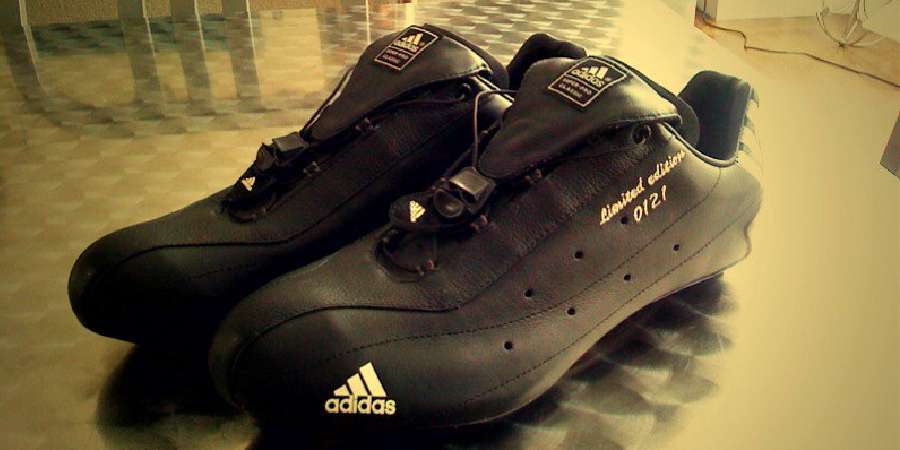
Mountain biking shoes, on the other hand, have more robust and rugged designs. They offer more room around the toes to handle the foot movements and swelling that come with navigating uneven terrain. This extra space is crucial for maintaining comfort during long, challenging rides across varied landscapes.
Triathlon shoes are unique. They are designed for quick transitions, often with a wider opening and a single strap for speedy fastening. Toe room in these shoes balances the need for a quick slip-on and a secure fit to ensure efficient pedaling once on the bike.
The Impact of Toe Room on Cycling Performance
The amount of space in the toe area of your cycling shoes can significantly influence your riding performance. Adequate toe room is vital for several reasons. Firstly, it ensures that your toes are not cramped, which can lead to numbness and discomfort, reducing your ability to ride effectively.
Secondly, the right amount of toe space allows for slight foot expansion during long rides, ensuring ongoing comfort and sustained performance.
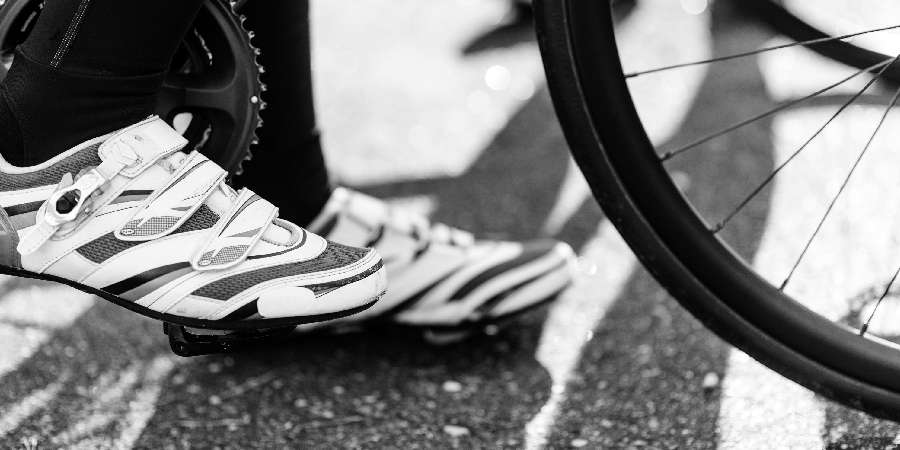
Furthermore, adequate toe room contributes to better power transfer. When your toes have the space to rest comfortably in your shoes, you can apply force more efficiently through the pedal stroke. This efficient force application translates to better performance, especially during long rides or races.
Adjusting and Customizing Fit for Optimal Toe Room
Finding the perfect fit in cycling shoes sometimes requires a bit of customization. This section will guide you through choosing suitable insoles and employing various lacing techniques to enhance the fit and comfort of your cycling shoes.
Insoles play a critical role in ensuring a comfortable fit. They not only provide cushioning but also support your arches, which can affect how your toes sit in the shoes. Selecting the right insole can help distribute pressure evenly across your foot, alleviating discomfort in the toe area.
Lacing techniques also make a significant difference. Different lacing methods can adjust how the shoe fits around your foot, either loosening or tightening the fit as needed. This adjustment can ensure that the midfoot is secure without squeezing the toes, providing a balanced fit that supports both comfort and performance.
Advanced Tips for Seasoned Cyclists
As an experienced cyclist, fine-tuning your gear, especially your shoes, can make a significant difference in your performance. This part of the guide focuses on advanced tips for those looking to get the most out of their cycling shoes for competitive cycling.
We explore the latest innovative features found in modern cycling shoes, such as adjustable dial systems for a precise fit, ventilated designs for better airflow, and carbon fiber soles for superior power transfer.
These features can enhance your ride by providing a more custom fit, better foot support, and improved pedal efficiency. It’s also worth considering the alignment of cleats, as this can greatly affect your comfort and power on the bike.
Cleats that are accurately positioned help in reducing strain on your knees and ankles, enabling you to pedal more effectively. Additionally, experimenting with different types of insoles and heel cups can provide better arch support and heel stability, further improving fit and performance.
FAQ’s
Should You Size Up or Down for Cycling Shoes?
When choosing cycling shoes, it’s not always clear whether to size up or down. The best approach is to aim for a precise fit. This means the shoe should be snug but not tight. There should be enough room for your toes to move slightly without the shoe being too loose.
A common mistake is to size up too much, which can lead to your foot moving inside the shoe, reducing pedaling efficiency. Conversely, sizing down too much can lead to cramped toes and discomfort. Ideally, try on several sizes and models to find the one that fits your foot shape best.
Where Should My Toe Be in Cycling Shoes?
Your toe should be positioned in a way that it has a small space – about the width of a thumbnail – from the end of the shoe. This space is important for comfort, especially as your feet might swell slightly during a ride.
However, your toes shouldn’t touch the very front of the shoe, as this can cause discomfort or even injury over time.
Is It Bad if Cycling Shoes Are Too Big?
Yes, cycling shoes that are too big can be problematic. They can cause your feet to slide around inside the shoes, which reduces your pedaling efficiency and control. This can also lead to blisters or discomfort due to the constant rubbing of the foot against the shoe. It’s important to find a shoe that fits well and supports your foot without being too loose.
Why Do My Toes Hurt in Cycling Shoes?
Toe pain in cycling shoes can be caused by several factors. It might be that your shoes are too tight, leaving insufficient room for your toes, leading to cramping and pressure points.
Another reason could be improper cleat placement, which can create an imbalance in your foot’s position, causing discomfort. Ensuring a proper fit and correct cleat alignment can help alleviate this pain.
Why is My Cycling Shoe Toe Numb?
Numbness in the toe area when cycling is often a result of too-tight shoes that compress the nerves in your feet. It can also be caused by poor cleat position, which affects the distribution of pressure across your foot.
Ensuring that your shoes have enough toe room and that your cleats are properly aligned can help prevent numbness. If the issue persists, it may be worth consulting with a cycling specialist to analyze your foot positioning and pedaling technique.
Conclusion
The right amount of toe room in your cycling shoes is a key factor that can greatly enhance your riding experience. It’s not just about comfort it’s about ensuring your feet can handle long rides without pain or discomfort. Finding the perfect balance in the space can prevent issues like numbness, blisters, and inefficiency in pedaling.
Remember, small adjustments in your shoe fit can make big differences in your performance and enjoyment of cycling. So, take the time to find shoes that fit well, and you’ll see a positive change in your cycling adventures. This article has explored how much toe room in cycling shoes.
You may read also – How to Carry a Surfboard on Bike
